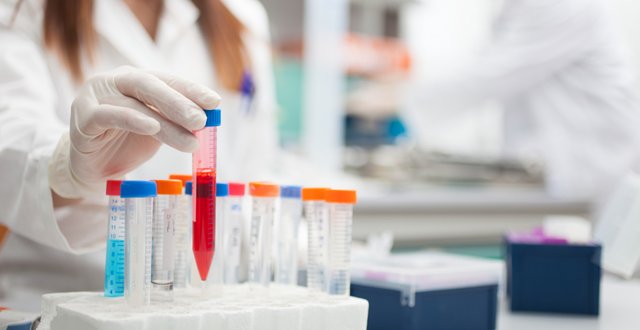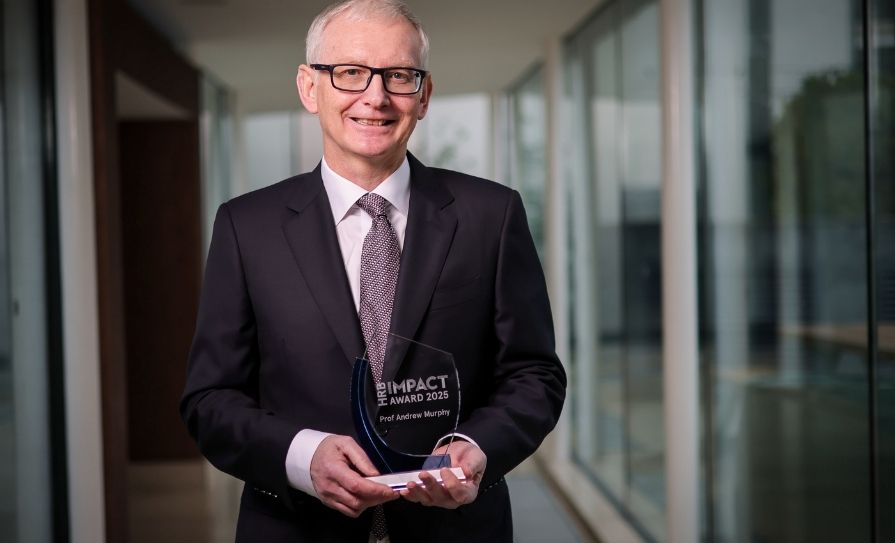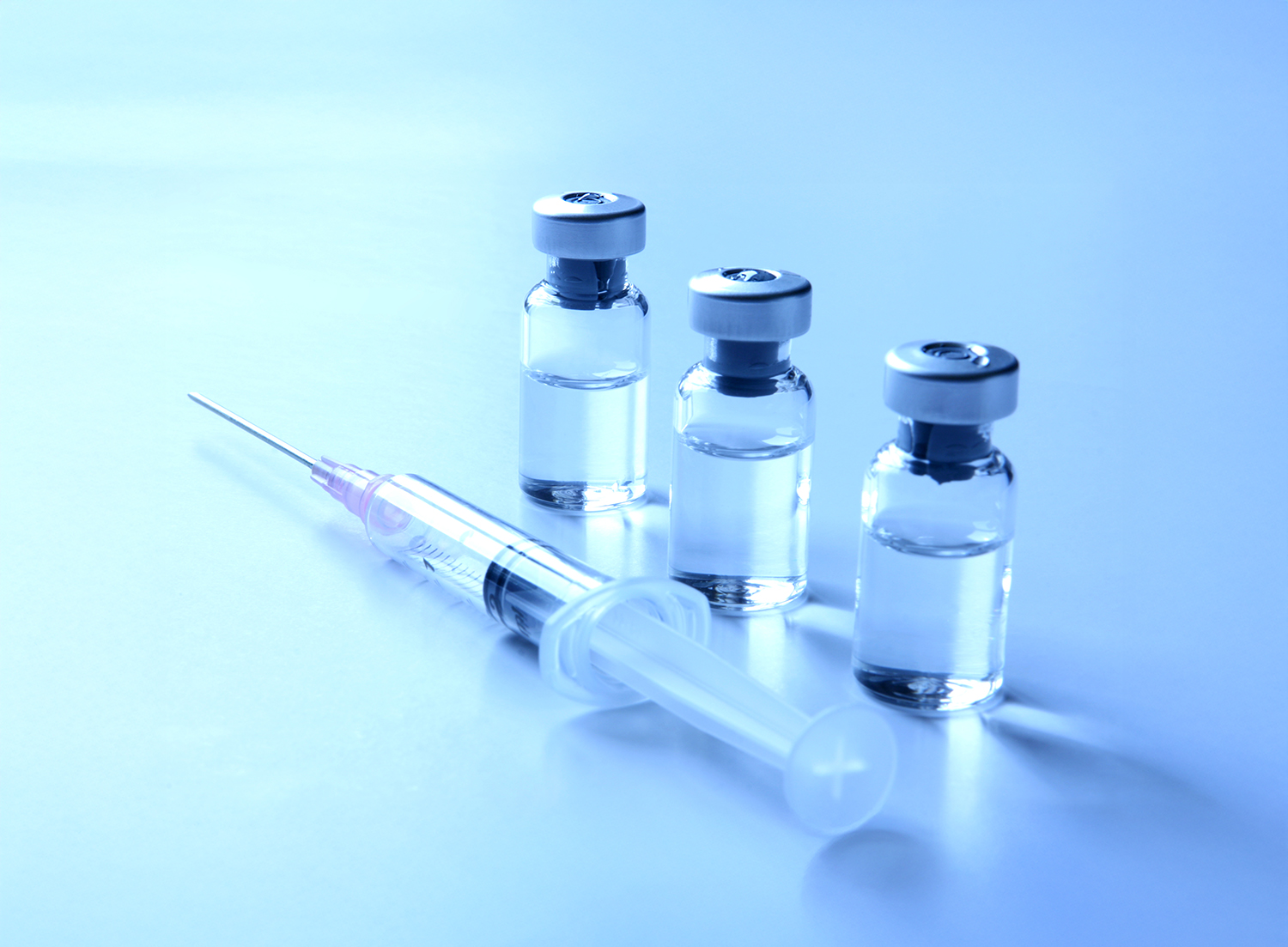Dr Peadar McGing reports on a number of fascinating health-related projects on show at the recent 2019 BT Young Scientist and Technology Exhibition in Dublin
Crowds of adolescents, family groups with toddlers to young-at-heart grandparents, interspersed with all manner of media personnel and equipment, and, of course, a sprinkling of politicians.
That’s an overview of the eclectic attendance at the BT Young Scientist and Technology Exhibition (BTYSTE) held every January in Dublin’s RDS. There are science-based shows and various interactive activities, but the core of the BTYSTE is the hundreds of projects on an incredibly wide variety of topics presented in a most enthusiastic and knowledgeable manner.
To give a taste I have chosen a few health-related projects to tell you about.
Of the top four prizes, the two runner-up awards went to health-related projects. Danila Fedotov and Filip Caric, sixth year students at North Monastery Secondary School in Cork won the overall group runner-up award for their project ‘A wearable device which assists caretakers by providing them with the information on the wellbeing of their patients’.
Danila had been working for two years on this project, which focussed primarily on developing technology to help the elderly, especially those with dementia. He wanted to provide assistance to caregivers through unobtrusive exit detection and fall detection. The product of their work was a prototype wearable device that is strapped to the upper arm and communicates with caregivers through a mobile phone app.
The best teamwork involves mixing of different skills and Filip joined his classmate to provide mathematical expertise for the programming. He used research from the Journal of Applied Mathematics to provide the formulae needed for rate of acceleration during a fall and converted this into usable code. A major breakthrough came when they designed a PCB (printed circuit board), which was smaller, more stable, and easier to wear. The fall alert works when an accelerometer in the device detects movement greater than 24.5m/s2 and alerts caregivers. My own experience of helping my wife care for her very elderly mother makes me very aware of how helpful this new device could be.
Diabetes
In my nearly four decades as a clinical biochemist, I’ve been to a lot of talks on the treatment of diabetes, current and future. During that time the quest for pancreatic cell replacement has been a holy grail. Yasmin Ryan, a fifth year student at St Andrew’s College in Dublin, did an extensive theoretical investigation of how to achieve that for her project ‘Discovery of the ideal microenvironment for the differentiation of hiPSCs into islets of langerhans’.
Yasmin only started her project in September when she learned about stem cells in biology and independently heard some discussion on diabetes, whereupon she put the two together. Her data-based project investigated how to bioengineer human induced pluripotent stem cells (hiPSCs) to become pancreatic islet cells. In theory islet cells developed from a patient’s own PSCs could be transplanted back into the patient without causing rejection. Yasmin proposed that growing PSCs on a scaffold of collagen IV and fibronectin in the presence of fibroblast growth factors 1 and 2 was the microenvironment most likely to lead to differentiation into transplantable islet cells. This excellent work earned her the overall individual runner-up award.
A different aspect of diabetes was the focus of Hannah Walsh’s project ‘Diabetes: Don’t sugar coat it – improving the general population’s understanding of type 2 diabetes to support prevention’, which won first prize in her category. Hannah, a first year student in Coláiste Treasa in Kanturk, Co Cork, received 635 responses to her survey questions which covered risk factors, complications, symptoms, management, and reversibility of diabetes. Poorest knowledge in this general population sample was in the area of risk factors where less than 20 per cent of respondents scored 50 per cent or more.
Hannah also looked at diabetes-related education. She found lots of material produced by pharmaceutical companies about their products and aimed at people with diabetes. However, she could not find material dealing with prevention, although as she pointed out to me, 90 per cent of type 2 diabetes cases are believed to be preventable (original data from the Nurses’ Health Study). In response Hannah produced her own leaflet and suggested the HSE should run an educational campaign focussed on diabetes prevention.
An interesting feature of a number of posters I visited was how these young students went well back in time for some of their key literature research. Mathew O’Dwyer and Aaron Dinesh, fifth year students at The Institute of Education in Dublin, used a 1969 paper as the basis of their project ‘Mors a Vita – a study into the antibacterial properties of the basic building blocks of life’. Inspired by a desire to find solutions to the problems of antibiotic resistance, Matthew and Aaron tested seven D-amino acids for their ability to inhibit growth of four selected strains of gram-negative (3) and gram-positive (1) bacteria. D-Lysine and D-Glutamic acid showed the best antibiotic activity, with D-lysine achieving inhibition levels of over 97 per cent.
These students suggested that such amino acids could be used as in a number of settings, including treatment of leg ulcers and coating for catheters.
Drug side-effects
Monitoring patients for side-effects of certain medications is one of the important services provided by clinical laboratories. One such drug is Roaccutane (isotretinoin). Mairéad Sexton, a TY student in Loreto College in Cavan has twice been on treatment with this drug and suffered different side-effects and severity on each occasion. She was curious about why, so she teamed up with classmate Erin Young to investigate in a project titled ‘Why is isotretinoin (Roaccutane) so dangerous’?
An aspect of BTYSTE projects that fascinates me is how mechanisms of gathering information have changed so much in the decade I’ve been reporting from the exhibition. These girls distributed their anonymous questionnaires through such channels as a Facebook group based on discussing isotretinoin side-effects, and also via bloggers who write about this issue. The 213 completed questionnaires (85 per cent from females) indicated that in this population’s increased BMI was the main feature associated with increasing side-effects and that light exercise reduced severity. Mairéad and Erin proposed that guidelines suggesting ways to reduce side-effects should be produced for patients.
To say cervical cancer screening in Ireland is topical would be rather an understatement. At this year’s exhibition there were a number of projects on the topic, and I spoke to the presenters of one of them. Róisín Ní Chadhla and Jovana Gajic, second year students at Ardscoil Na Mara in Tramore, surveyed 5,448 people for their project ‘CervicalCheck and the HPV vaccine – information, opinion and fake news’.
They used an impressive variety of means to promote their questionnaire including social media platforms such as the Shona project, plus traditional broadcasting via radio and RTÉ television interview. They concluded that uptake of smear testing is likely to increase, but there are still concerns about it. These students did worry about ‘fake news’ and observed how one sentence on social media can outweigh all official facts. They suggested that improving use of social media to distribute proper medical information might be the best way to counter the fake news.
These projects are just a tiny sample of the health-related ones that were on view. Other presentations I visited included ones on nutriceuticals, haemochromatosis, vitamin B12, calcium and vitamin D, coeliac disease, and sepsis. Of course I also visited projects relating to my personal interests.
As a Masters athlete I had particularly marked out Evan Hogg’s project ‘Less is better’. Evan, a third year student at Heywood Community School in Co Laois, told me he wanted to improve physical and mental wellbeing of students, and for this he focussed on exercise. He found that an eight-week period of 10 minutes exercise three times a week or 30 minutes once a week, extra to normal activities, improved fitness. He used the shuttle run bleep test from the Irish Life Schools Fitness Challenge as the measure of fitness, an activity I was very interested to learn about.
My personal knowledge of the rules of the road got a recent revision courtesy of accompanying my youngest daughter as she prepared for her driving test (which she passed). My long-held view that a lot of road-users do not know the rules of the road for many common driving situations led me to ‘How safe are our roads’? from Ruarí O’Donnell, Seán Irwin, and Callum Boon, transition year students at Coláiste Chomain in Rossford, Co Mayo. They made up a mock driver theory test and got 50 males and 50 females (age range 19-to-83) to do the test on the spot. Using the Road Safety Authority benchmark of 35 correct answers out of 40 as the pass requirement, 77 per cent failed the test.
As always, I left the BT Young Scientist and Technology Exhibition encouraged, informed and entertained by a student population of which the country can be proud.













Leave a Reply
You must be logged in to post a comment.